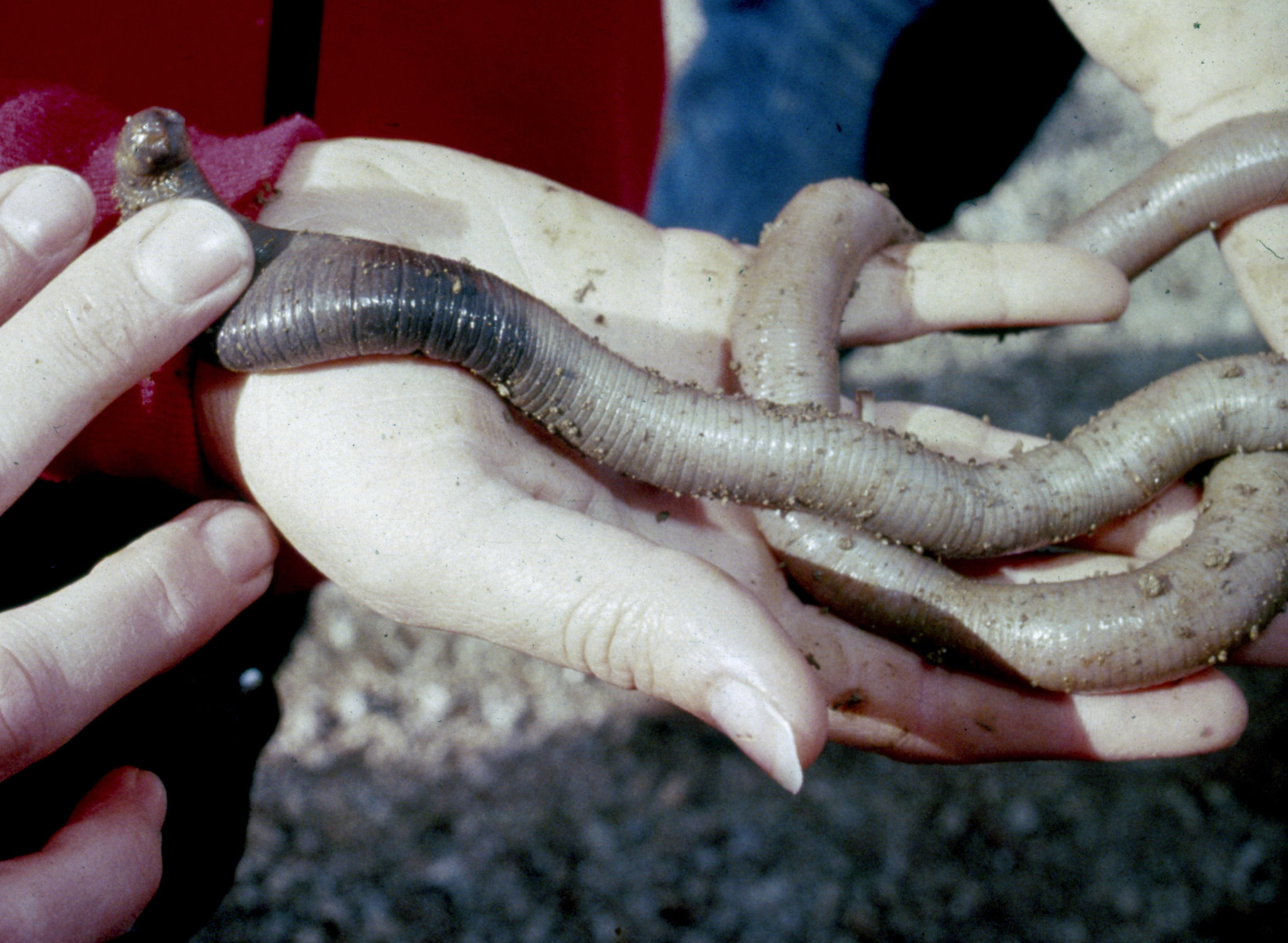

They also do not have eyes but can detect light through light sensitive tissues on their headĮarthworms do not have lungs, they breathe through their skin and consequently their outermost layer of skin must remain moist, this restricts their area of habitation. They do not have an external skeleton like an insect or an internal skeleton like a snake they rely on their muscles alone to maintain their structure. The earthworms move by contracting and relaxing the muscles in successive segments, which produces a wave-like movement, while gripping the side of the tunnel with the front setae and drawing up their rear setae. They excavate tunnels through the soil.Įarthworms are segmented worms that belong to the class Oligochaeta, a name that describes their bristles or setae. Actually they are quite complex animals and although they are very familiar to us, how they live is quite unfamiliar.Įarthworms are terrestrial and are found in soil, leaf litter, under stones and logs in many habitats. This slow rate of growth, also makes them a vulnerable species.There are approximately 1000 species of earthworms in Australia, they are great improvers of the soil, and are popular with gardeners and invertebrates fans, but are regarded as boring and unappealing by most other people. These can take up to one year to hatch, and the worms take several years to become adults, and be able to reproduce. The worms only lay a single egg, between 4-7cm in size. They have been listed a vulnerable species because of these changes.

Most of this has been cleared for farming, but the worms have continued to survive because they live deep underground. The habitat the worms used to live in was tall eucalypt forests. They live in burrows about 500mm deep, and can burrow as deep as 1.5m. They live in small pockets of blue-grey clay close to water. They are only found in a small area, of about 100,000 hectares. The worms are found in the Bass River Valley of South Gippsland, near Korumburra and Warragul. They have a dark purple head and a blue- gray body. The average weight of a fresh adult worm is about 200 grams. It is difficult to measure length, as the worms will stretch, so scientists use weight to estimate the size. These Giant earthworms average at 100 cm long and 2 cm in diameter and can reach 3 m in length. The giant Gippsland earthworm ( Megascolides australis) is one of Australia's 1,000 native earthworm species.


 0 kommentar(er)
0 kommentar(er)
